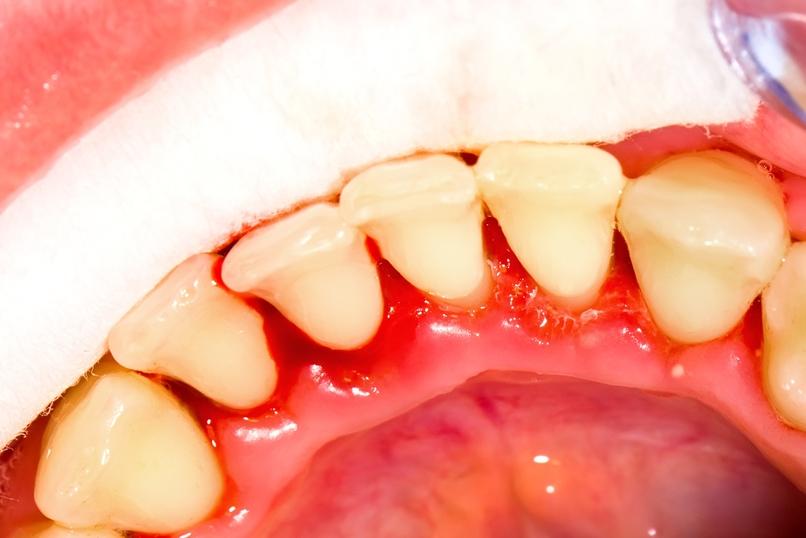Gingivitis is a medical condition causing inflammation of the gums. It is one of several periodontal ailments affecting the health of tissues close to the teeth, gums, bones and soft tissues. Prolong gingivitis results in receding gums and even cause permanent damage to your teeth.
Causes of Gingivitis
This is a gum infection caused by bacteria. Albeit, the cause of gingivitis is yet not been established but there are certain theories that are making the rounds.
-
The foremost reason behind gingivitis is development of plaque accumulated in and around the teeth. Plaque is packed with a huge bunch of bacteria that are instrumental in developing gingivitis. It is not solely plaque that leads to gingivitis as there are several people who have plaque but not all develop gingivitis.
-
People with some specific medical condition or who are on a particular drug that reduces their immune system are vulnerable to gingivitis. Most of time people having leukemia or Wegener’s granulomatosis are prone to witnessing changes in blood veins of their gums, leading to gingivitis. Some other individuals like diabetics, HIV positive individual, people having Addison disease, and some immune system disorders are also soft targets of gingivitis.
-
This gum disease can also attack due to some hormonal disturbance that occurs in the body during puberty, pregnancy, steroid therapy etc.
-
Some specific medications prescribed for high blood pressure and seizures can also develop gingivitis.
Symptoms of Gingivitis
-
Redness, swelling, pain and bleeding of the gums.
-
Bad breath
-
Gums start losing their usual color and structure. Gums start receding away from the teeth.
-
Inflammation is most vital sign of gingivitis due to bacterial accumulation.
When to Seek Medical Care?
At home you can avoid gingivitis by maintaining regular dental hygiene, including daily and correct brushing, flossing, and visiting dentist at regular interval. If gingivitis persists in spite of these home remedies you need to consult Periodontist to diagnose the gum disorder.
Gingivitis Diagnosis
This gum disease requires clinical diagnosis. It is the expertise of your dentist to arrive at the conclusion through diagnosis by understanding the person’s dental and medical history and conducting a comprehensive oral exam. These exams and test may include X-ray, blood test and samples of tissue, in case the initial therapy does not response.
Medical Treatment of Gingivitis
Eliminating the source of infection is the primary treatment that is prescribed for gingivitis.
Brushing properly and regularly using fluoride toothpaste recommended by dentists, can avoid the accumulation of plaque to a certain extent.
Flossing is yet another major methodology of extracting plaque developed in between teeth and nearby areas, which are difficult to reach.
Frequent checkups conducted by a dentist are also of the essence. In case the severity of plaque has intensified a dentist can remove plaque by medical process.
Severe gingivitis can also need some antibiotics and fruitful sessions with a physician. Antibiotics help the immune system combat bacterial infection and reduce plaque too. By withering away plaque, the intensity of bacterial infection can be managed by the human immune system alone. Antibiotics may pose some side effects hence it should not be taken without prescription of a dentist.
Gingivitis Prevention
The only preventive measure is good teeth and mouth care, frequent dental consultations and treatment of underlying diseases are also important for warding off gingivitis.




